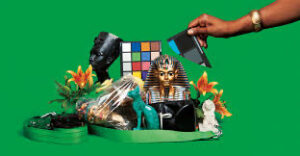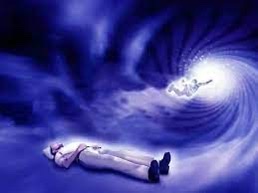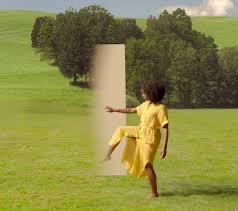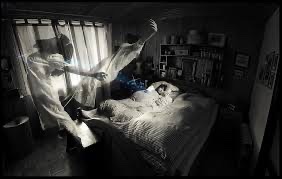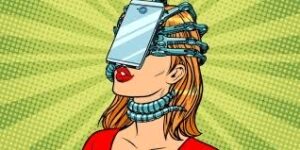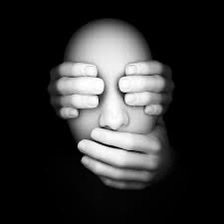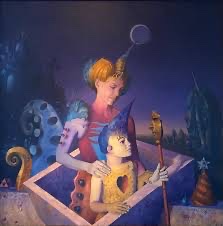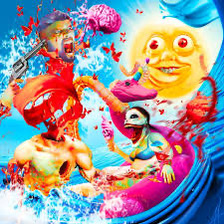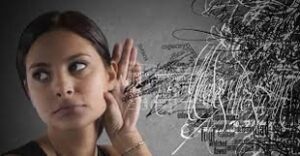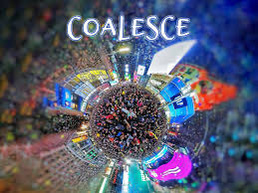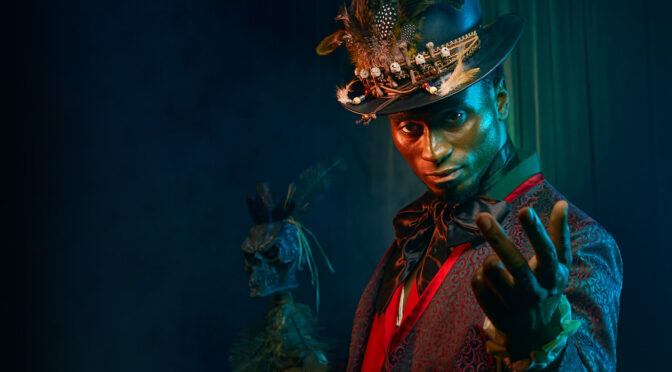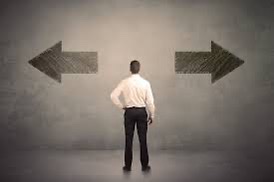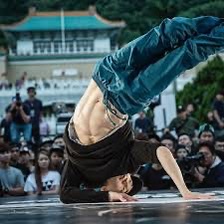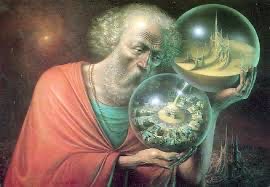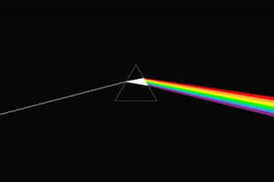Be ruthlessly loving in this matter. Prove yourself an adequate match for this person in this endeavor by reflecting back love and faith and confidence when they test you out of fear and mistrust. The trick is to identify the incoming negative Consciousness Units and transform them with your energy into loving thoughts and emotions BEFORE they enter your energy field and cause disruptions.

These energies are very powerful. They are indeed like parasites that attach themselves to your Energy Body where they then can attach themselves to others, but only if the host is fearful, mistrusting and negative, cynical etc. Negativity is the feeding ground for these energies. Where there is only love and acceptance and compassion, these influences cannot take hold.

Integrity is an excellent concept and we can discuss it a bit here. In this situation, you are integrating your Soul aspects of loving kindness and acceptance, with you core personality or egoic aspects of self-defense, anger etc. So integrate, integrate, integrate. Love dissolves the egoic response motivated by territoriality and competition. Coming together – integration – is what is needed here on all levels. Common ground, conciliation, cooperation for a higher ideal, these are all relevant issues to be considered at this time.

Now, know that many of our contemporaries are also involved in these Soul issues. Our planet is going through a transformation that will be felt down through every atom in our perceptive field. All is in flux. Everyone’s issues are being presented to them for transformation and healing. Now you can ignore these “requests” from Soul, but you do so at your peril.

These lessons will help you gain the wisdom and skills necessary to make the transition into the Unity of Consciousness Dimension and stay there. The more deeply this divine information is taken into your being, the more likely you will retain it, remember it and
use it in your spiritual pursuits.

The Negative Entities are created by negative thoughts and emotions, but it is unproductive to ask which came first, the Negative Entities of the ideas and emotions that created them, for all exists at once. The hope lies in more people opting for Courage and Love rather than fear and anger.




